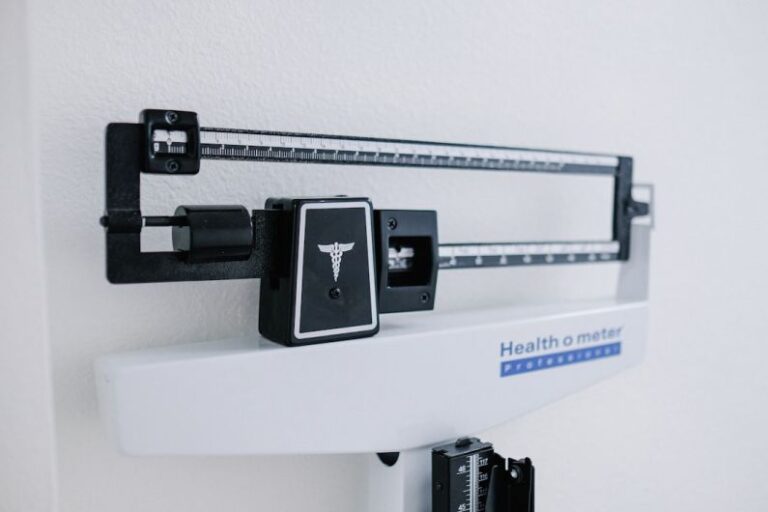
Transitioning Your Hamster to a New Diet
Hamsters are adorable and delightful pets that bring joy and companionship to their owners. One crucial aspect of caring for your hamster is ensuring they have a healthy and balanced diet. However, there may come a time when you need to transition your hamster to a new diet for various reasons, such as health concerns or a need for a more specialized nutritional plan. Making changes to your hamster’s diet can be a sensitive process that requires careful consideration and planning to ensure their well-being and happiness. In this article, we will discuss how to successfully transition your hamster to a new diet.
Understanding the Importance of a Balanced Diet
Before delving into the specifics of transitioning your hamster to a new diet, it is essential to understand the importance of a balanced diet for your furry friend. A well-rounded diet is crucial for maintaining your hamster’s overall health and longevity. Hamsters require a mix of nutrients, including proteins, carbohydrates, fats, vitamins, and minerals, to thrive. By providing your hamster with a varied and nutritious diet, you can help prevent health issues and ensure they lead a happy and active life.
Gradual Transitioning for Optimal Results
When transitioning your hamster to a new diet, it is crucial to do so gradually to minimize digestive upset and ensure a smooth transition. Abrupt changes to your hamster’s diet can lead to gastrointestinal issues and stress, so it is best to introduce new foods slowly over a period of time. Start by mixing small amounts of the new food with their current diet and gradually increase the proportion of the new food while decreasing the old food. This gradual approach will allow your hamster to adjust to the new diet without causing any disruptions to their digestive system.
Choosing the Right Foods for Your Hamster
When selecting a new diet for your hamster, it is essential to choose high-quality, species-appropriate foods that meet their nutritional needs. Hamsters are omnivores and require a mix of grains, seeds, fruits, vegetables, and proteins in their diet. Commercial hamster food is a convenient option as it is formulated to provide the necessary nutrients for your pet. However, you can also supplement their diet with fresh foods such as leafy greens, carrots, apples, and cooked lean meats. It is important to research and ensure that any foods you offer your hamster are safe and suitable for their consumption.
Monitoring Your Hamster’s Response
As you transition your hamster to a new diet, it is crucial to monitor their response and behavior closely. Keep an eye on their eating habits, energy levels, and overall well-being to ensure they are adjusting well to the new diet. If you notice any signs of digestive issues, such as diarrhea, bloating, or changes in appetite, consider adjusting the transition process or consulting your veterinarian for guidance. Every hamster is unique, so it is essential to tailor the transition process to suit your pet’s individual needs and preferences.
Ensuring a Smooth Transition
Transitioning your hamster to a new diet can be a rewarding experience that enhances their health and quality of life. By following a gradual transition plan, choosing the right foods, and monitoring your hamster’s response, you can ensure a smooth and successful transition to a new diet. Remember to be patient and observant throughout the process, and always prioritize your hamster’s well-being above all else. With care and attention to their dietary needs, you can help your hamster thrive on their new diet and enjoy a happy and healthy life by your side.





